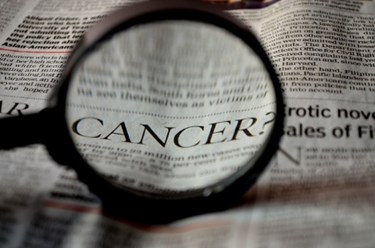Microwave Imaging System Could Improve Breast Cancer Screening
By Chuck Seegert, Ph.D.

As a possible complement to routine mammography, a new microwave imaging system may be able to detect whether a lump is benign or malignant. The system provides 3D reconstructions of tissue, which are obtained without compressing the breast.
Breast cancer is a prevalent disease that is studied by a variety of imaging methods. In addition to traditional mammography, computed tomography can be used for increased definition, and ultrasound is also routinely used. These methods are effective in many ways, but they can be expensive. Some of these methods can also expose the patient to radiation. Additionally, mammography patients can be subjected to significant discomfort if the breast tissue needs to be compressed.
Using microwaves may be a cheaper and better methodology, according to a recent press release from the American Institute of Physics. The new technique was developed by a collaborative team from the University of Calgary and Dartmouth College, and it uses very low power microwave radiation. The energy is delivered by 16 antennae that closely surround the breast, which is submerged in a liquid bath. Each of the antennae delivers a small amount of microwave energy, which passes through the uncompressed tissue and is received by the other 15 antennae.
After collection of the data, a 3D representation of the breast can be generated through software processing in similar fashion to how a CT scanner creates images, according to the press release. Using these 3D representations, the new technology can determine the locations of normal and cancerous tissue using characteristics specific to each. While the system has the potential to identify these cancerous tissues and localize them to a specific location, it does not have a spatial resolution that is comparable to a mammogram.
Microwave imaging depends on the dielectric properties of tissue — properties that are different for normal and cancerous tissues. Using these differences, the device creates dielectric property distributions to view tumor inclusions, according to a recent study published by the team in the AIP Review of Scientific Instrumentation. Collecting data for a single study takes about 5.8 seconds and is facilitated by a streamlined hardware design.
Imaging breast tissue in a 3D manner has shown much promise when used with other diagnostic methods. For example, using a 3D mammography technique can lead to a significant increase in the detection of cancer, especially in dense breast tissue.
